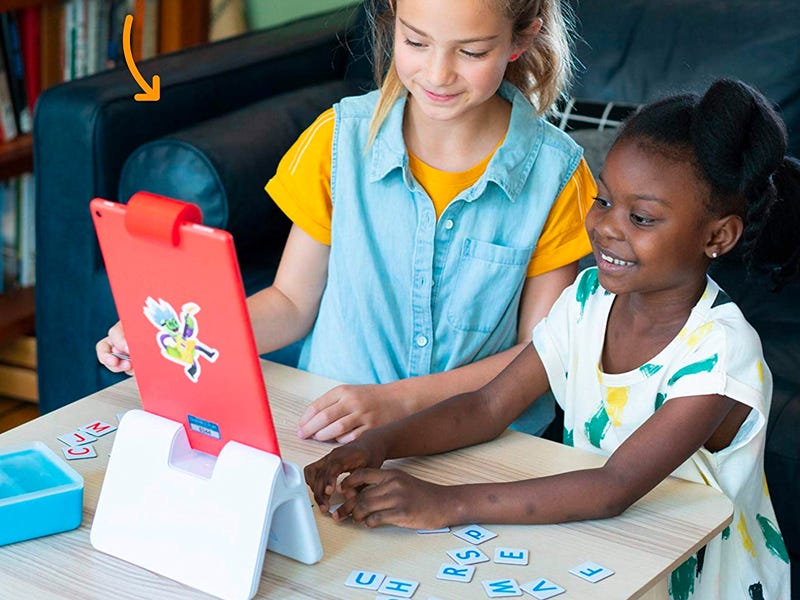Generally confused with the term gamification (or ludification), Learning through play is a pedagogical methodology consisting of the use of games and/or video games in an educational environment. However, this introduction does not aim to make a subject dynamic (as is the case with gamification), but rather, and directly, to learn contents and skills specifically related to the game in question.
Although, in order to be able to develop this variable in greater depth, in the following lines, we will deal with Learning through play by focusing on its digital aspect applied to contexts such as schools and virtual environments for education.
Notes on the study of the game
A first definition of the act of playing understood, among other factors, as a social activity, free from any material interest or obligation, separated from ordinary life with limits of time, space and rules. Seminal proposal elements of the nature of the game such as uncertainty and its condition as an uncertain activity, both in its development and in its final result.
This research was extended until it established, in broad terms, a series of characteristics common to games, understood as activities based on competition, challenge, exploration, fantasy, the existence of objectives to be assumed, interaction, results, the necessary existence of one or several people for the game to be developed, the existence of rules for functioning, or the lack of consequences of the game in the real world.
But what are the particularities of digital play in relation to play in general?
- Automatic interactivity, responding dynamically and immediately to players’ decisions.
- Unlike conventional games, digital games allow you to learn how the game works while you play thanks to their degree of automation. It is not essential to know its rules for it to take place, as is the case, for example, with board games.
- Network communication in most cases, through Social Networks, e-mails, chats, video or audio.
A set of characteristics which, in turn, entails another new series of particularities to be considered for educational use.

They are the following:
- Existence of clear and understandable intermediate and final objectives for the students who play it.
- Existence of clear and understandable rules for the students and that, depending on the age of the players, suffer minimum variations along their development.
- Difficulty that is personalized and adaptable to the students’ abilities, capable of motivating through challenge but not discouraging due to excessive complications.
- Elements that interest your potential players, either at a graphic or thematic level, without ever losing sight of the fact that their use has pedagogical purposes and that, therefore, these elements are subordinated to the educational objective of the game. In this same sense, it is recommended that the game does not start from overloaded audiovisual elements, which may distract from its pedagogical function.
Educational Virtues of Video Game Based Learning
Despite the fact that video games have aroused misgivings throughout their still short history, and for reasons that range from their links with the audiovisual to their occasional use of violence as a narrative base, it is no less true that Videogame-based Learning starts from a series of specific pedagogical foundations, which we point out below:
- It is centred on the student, adapting to his or her evolution through the increase in difficulty that occurs as the players advance through the different levels that make up the game.
- In some of its aspects, learning through digital games is based on the principles of responsibility, derived from self-managed learning and active learning, as it allows the player to be aware of its impact and evolution within the game thanks to its interactivity.
- It allows the player to establish causal relationships between an action or method with an effect of positive or negative consequences in terms of assuming objectives within the game.
- Depending on the video game, and its degree of complexity, it allows exploration and experimentation with the freedom that comes from knowing that the decisions made in the game will not have consequences in real life.
- It improves motivation, thanks to the degree of immersion involved for its players.
- It allows different evaluation methods that are given immediately and simultaneously, ranging from the reward through points or changes of level to the consequences within the game of a particular decision, among others.
- In addition to the inherent competitiveness of many games (digital or otherwise), it allows collaboration between different players to achieve one or more common objectives, allowing them to learn from each other.
- Due to its digital nature, and therefore intrinsically related, it allows for the acquisition of skills in the field of digital and audiovisual literacy, even from a simple, uncritical perspective.


